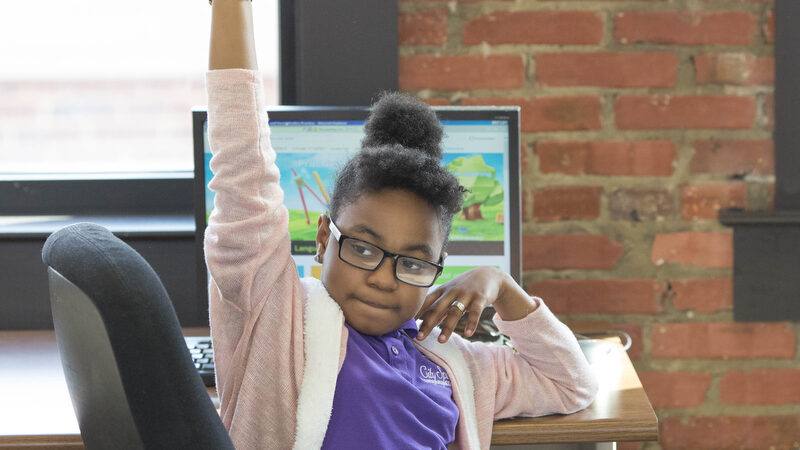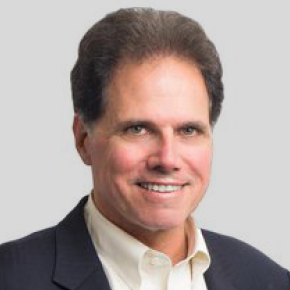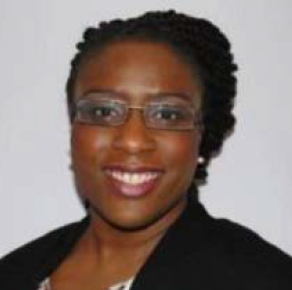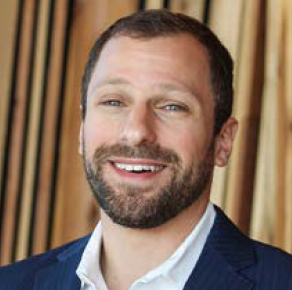
- This event has passed.
REBROADCAST – Connecting Communities: National and Local Partners Linking Families to the Internet

This rebroadcast begins with comments from Amina Fazlullah of Common Sense providing updates on the current state of the Affordable Connectivity Program (ACP). Since the program lapsed in May 2024, many Internet Service Providers (ISP) have stepped up to help fill gaps. Additionally, there is a new bi-partisan effort in the house and senate that would allow the ACP to resume. Fazulallah concludes her updates with a call to action: contact your member of congress today to advocate for the ACP.
Before its lapse, there were 22.5 million households connected or relying on ACP to be able to afford home connectivity. Andrew Spector of The Patterson Foundation explained that organizations and initiatives like Patterson’s Digital Access for All initiative began training Digital Navigators and partnering with schools, community centers, libraries and nonprofits to reach households in their communities.
In many places, both urban and rural, it became clear that there was another barrier — a lack of broadband access, so communities became creative. Michael Calabrese of New America and Adeyinka Ogunlegan, Esq., of EducationSuperHighway shared creative solutions: putting Wi-Fi hotspots on the streetlights, using schools as towers, installing Wi-Fi in apartment buildings much like we find in hotels, adding Wi-Fi to buses that are strategically parked to provide service after school and on weekends, and connecting households to schools’ Wi-Fi. These examples confirm that universal connectivity is possible. However, it is a possibility that we have not yet reached.
Panel






